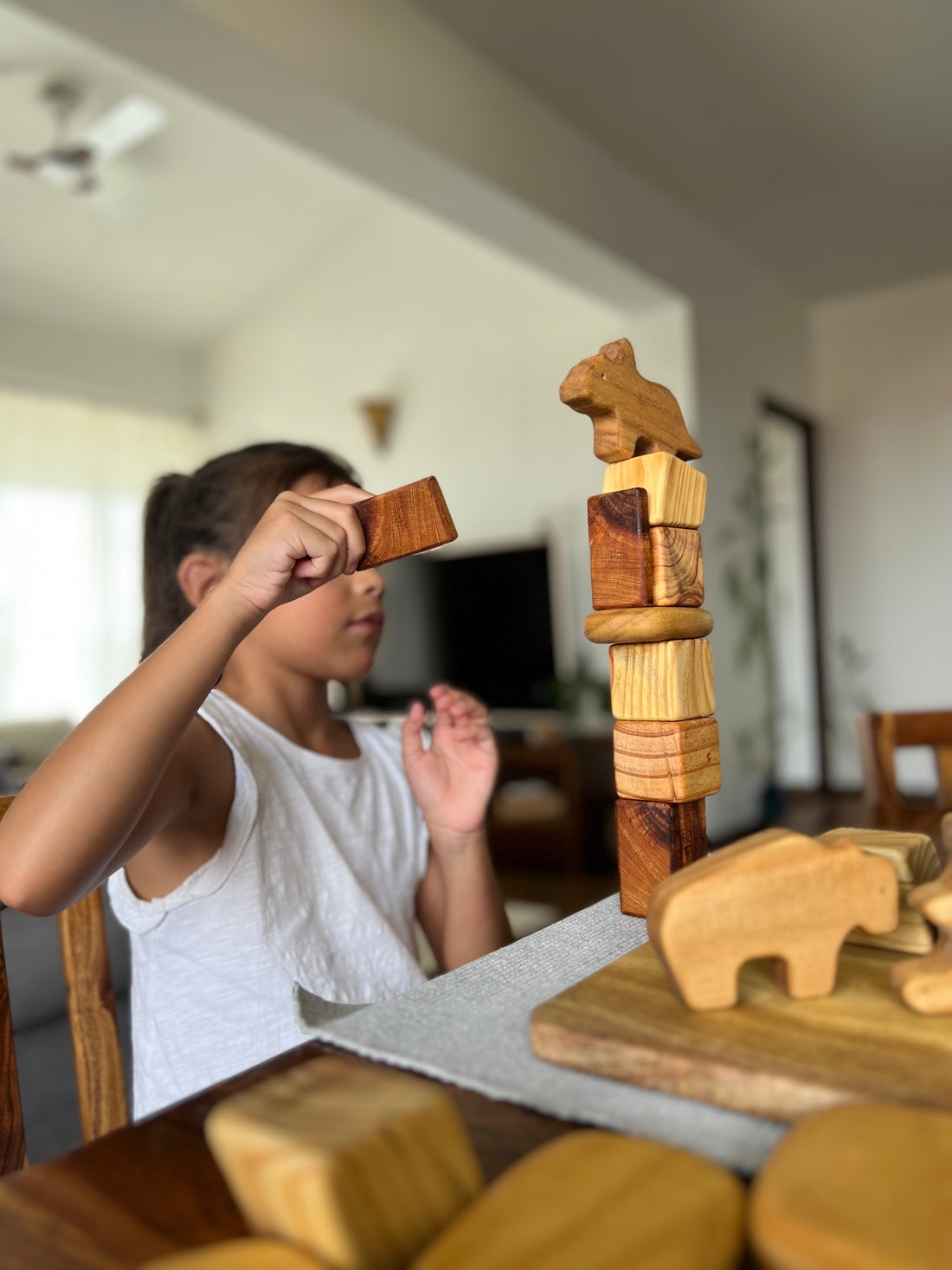Toys are an integral part of childhood. They stimulate imagination, foster creativity, and provide countless hours of entertainment. However, amidst the joy that toys bring, there lies a responsibility—ensuring the safety of these playthings. This responsibility falls on toy manufacturers, regulatory bodies, and parents alike. In this article, we'll delve into the importance of toy safety standards, why they matter, and how they protect our most precious treasures—the children.
The Foundation of Safety
Setting the Stage
Every year, millions of toys find their way into the eager hands of children worldwide. These toys come in various shapes, sizes, and materials, making them complex products with the potential for hazards. This complexity demands stringent safety standards to be established, adhered to, and enforced.
Regulatory Oversight
One of the fundamental reasons toy safety standards matter is that they provide a framework for regulatory bodies to assess and govern the safety of toys in the market. Organizations like the Consumer Product Safety Commission (CPSC) in the United States or the European Committee for Standardization (CEN) in Europe set these standards. They work in collaboration with manufacturers, child development experts, and other stakeholders to create guidelines that ensure toys meet specific safety criteria.
Protecting the Vulnerable
Children: Our Priority
Children are inherently curious and lack the awareness and judgment of adults. Their natural inclination to explore, manipulate, and even taste objects means they are particularly vulnerable to toy-related injuries. Safety standards act as a shield against potential harm.
Choking Hazards
One of the primary dangers in toys is small parts that can pose choking hazards. Safety standards mandate strict size limits for these parts, ensuring they are too large to be swallowed or lodged in a child's throat. Without such regulations, children could be at risk of severe injury or even death.
Chemical Safety
Toys often come into close contact with children's skin and mouths. Consequently, they must meet stringent chemical safety standards to ensure they don't contain harmful substances. Lead, phthalates, and other toxic chemicals can have detrimental effects on a child's health, making it imperative to monitor and restrict their presence in toys.
Quality Assurance
A Mark of Confidence
Toy safety standards are not just about averting danger but also about ensuring the quality and durability of toys. When a toy complies with safety standards, it signifies that the manufacturer has invested in quality assurance processes. This, in turn, builds trust among parents, caregivers, and consumers.
Durability
Toys that meet safety standards are designed to withstand the rigors of play. They resist wear and tear, reducing the risk of broken or sharp-edged pieces that could harm a child. High-quality materials and construction techniques are integral components of these standards.
Longevity
Investing in toys that meet safety standards often means investing in toys that last. Parents appreciate toys that can be passed down to younger siblings or friends, reducing waste and promoting sustainability.
Navigating a Complex Market
The Global Marketplace
The world of toys knows no borders. They are manufactured in one corner of the globe and find their way to the hands of children in another. Toy safety standards provide a universal language that manufacturers, importers, and consumers can understand and trust, ensuring a level playing field in the global market.
Avoiding Counterfeits
The toy industry is not immune to counterfeit products. These imitation toys may not adhere to safety standards and can pose significant risks to children. By being vigilant and choosing toys that meet recognized safety criteria, parents can protect their children from potentially dangerous counterfeits.
A Collaborative Effort
Industry Responsibility
While regulatory bodies play a pivotal role in establishing and enforcing toy safety standards, the industry itself bears a significant responsibility. Manufacturers must prioritize safety in the design and production of toys. Regular testing and quality control measures are essential to meet and exceed these standards.
Parental Awareness
Parents and caregivers form the last line of defense in ensuring toy safety. Being informed about the potential hazards associated with certain toys and actively choosing toys that meet safety standards can go a long way in protecting children.
Reporting Incidents
In the rare event of a toy-related incident, reporting it to the appropriate authorities is crucial. This feedback loop allows regulatory bodies to identify emerging risks, investigate product defects, and take swift action to protect children.
In the tapestry of childhood, toys weave threads of joy, wonder, and imagination. Yet, amidst the laughter and exploration, safety must always be paramount. Toy safety standards are the silent guardians that ensure our children's playtime remains unspoiled by accidents and injuries. They are the beacon guiding us through the labyrinth of the toy market, allowing us to make informed choices that protect our most precious treasures. So, the next time you pick up a toy, remember the importance of those safety standards that quietly ensure a world of fun and adventure for your child, free from harm.
Shop for handcrafted wooden toys at SmolBlock with a wide range of toys to choose from!
